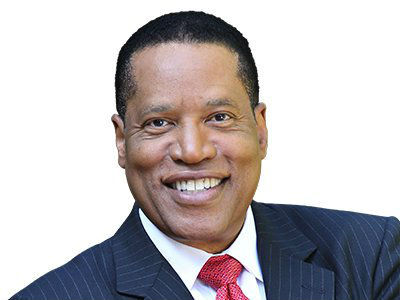Best US neighborhoods for families with young kids based on safety and school proximity
Lifestyle

Audio By Carbonatix
5:15 PM on Tuesday, July 15
By Scott Julewitz for Find a Neighborhood, Stacker
Best US neighborhoods for families with young kids based on safety and school proximity
Where your family lives shapes more than your daily routine. For families with young kids, neighborhood conditions can influence everything from school performance to long-term health and well-being. Two factors consistently rise to the top of the list when families consider a move: safety and proximity to schools.
Find a Neighborhood analyzed neighborhoods across the U.S. to find areas where these two conditions overlap. By combining public safety with access to education, we identified places that support early childhood development and offer peace of mind to parents navigating the day-to-day reality of raising young kids.
How We Identified Family-Friendly Neighborhoods
To identify communities that meet the unique needs of families with young children, Find a Neighborhood used publicly available data in three main categories:
- Crime Rates: Specifically, it looked at violent and property crime statistics using FBI and local law enforcement records.
- School Proximity: It evaluated access to highly rated public elementary schools within walking distance (typically one mile or less).
- Family Infrastructure: It evaluated the prevalence of parks, libraries, childcare centers, and overall walkability using local government and U.S. census data.
The goal was not to create an exhaustive ranking, but rather to highlight neighborhoods across various regions that combine these factors in family-friendly ways.
5 Best U.S. Neighborhoods for Families with Young Kids
While affordability, climate, and personal preference all play a role in picking the perfect place for your family to live, the following neighborhoods show strong data in the categories that matter most to parents of young children.
This analysis uses public real estate data to examine three criteria: crime rates, school proximity, and family infrastructure.
1. Maple Grove, Minnesota (Minneapolis-St. Paul Area)
Maple Grove reports below-average crime rates and sits in one of Minnesota’s top-rated school districts. Nearly half of the city is connected by trails and parks, supporting active lifestyles and outdoor play time.
2. Southlake, Texas (Dallas–Fort Worth Area)
Known for its high-performing Carroll Independent School District, Southlake combines academic quality with some of the lowest crime rates in the metropolitan area. Its suburban design prioritizes sidewalks, sports facilities, and community centers.
3. Carmel, Indiana (Indianapolis Suburbs)
Carmel offers a model of urban planning that supports family life: low crime, strong public schools, and mixed-use developments that blend housing with green space and local businesses.
4. Newton, Massachusetts (Boston Metro)
Proximity to schools, combined with walkable streets and low crime, makes Newton a consistent top choice for families in Greater Boston. Nearly every neighborhood is within reach of a playground or public library.
5. Dublin, California (East Bay Region)
Dublin has grown rapidly in recent years, but city planning has kept pace. It ranks well for school access and walkability, with newer housing developments designed around parks and elementary schools.
What These Neighborhoods Have in Common
While they are geographically diverse and distinct, there are several factors that make all of these neighborhoods great for families. They share some important characteristics, such as:
- Shorter commutes to school. This reduces stress and increases family time spent at home, on extracurricular activities, and doing more of what you enjoy.
- Reliable public safety, helping kids enjoy outdoor spaces with less worry for parents.
- Access to early education and enrichment, such as preschools, libraries, and afterschool programs.
- Opportunities for community connection. These include open public spaces and diverse local events.
These neighborhood features aren’t only convenient—they also contribute to children’s well-being. Studies from the Urban Institute have shown that neighborhood conditions in early childhood have lasting impacts on education, behavior, and even economic mobility later in life.
How to Assess Family-Friendly Neighborhoods Before You Move
Finding the right place to live is about context as much as it is about numbers. Here are a few ways to evaluate neighborhoods for your family:
- Check Crime Statistics: Research local law enforcement agency reports to gain insight into the prevalence of crime in the area.
- Review Public School Ratings: Check state education department sites or independent evaluators.
- Use a Neighborhood Lookup Tool : Explore factors like housing trends, local zoning, and family services.
- Visit in Person: Checking out a neighborhood during school drop-off hours or over the weekend can help you get a picture of daily life in the area.
Digital tools and search engines can help narrow your list, but the decision ultimately comes down to how a place feels, functions, and fits your family’s needs.
Key Takeaways for Families
For families with young children, choosing a neighborhood isn’t just about planning for the next few years. It’s a decision that has a long-term impact on your family’s health, happiness, and well-being. Where a child grows up can influence their safety, education, friendships, and access to important resources.
While no place guarantees success, neighborhoods with strong schools and low crime rates provide the foundation that many families seek. The right environment for your children can reduce stress, foster independence, and give kids the room they need to grow.
This story was produced by Find a Neighborhood and reviewed and distributed by Stacker.

























